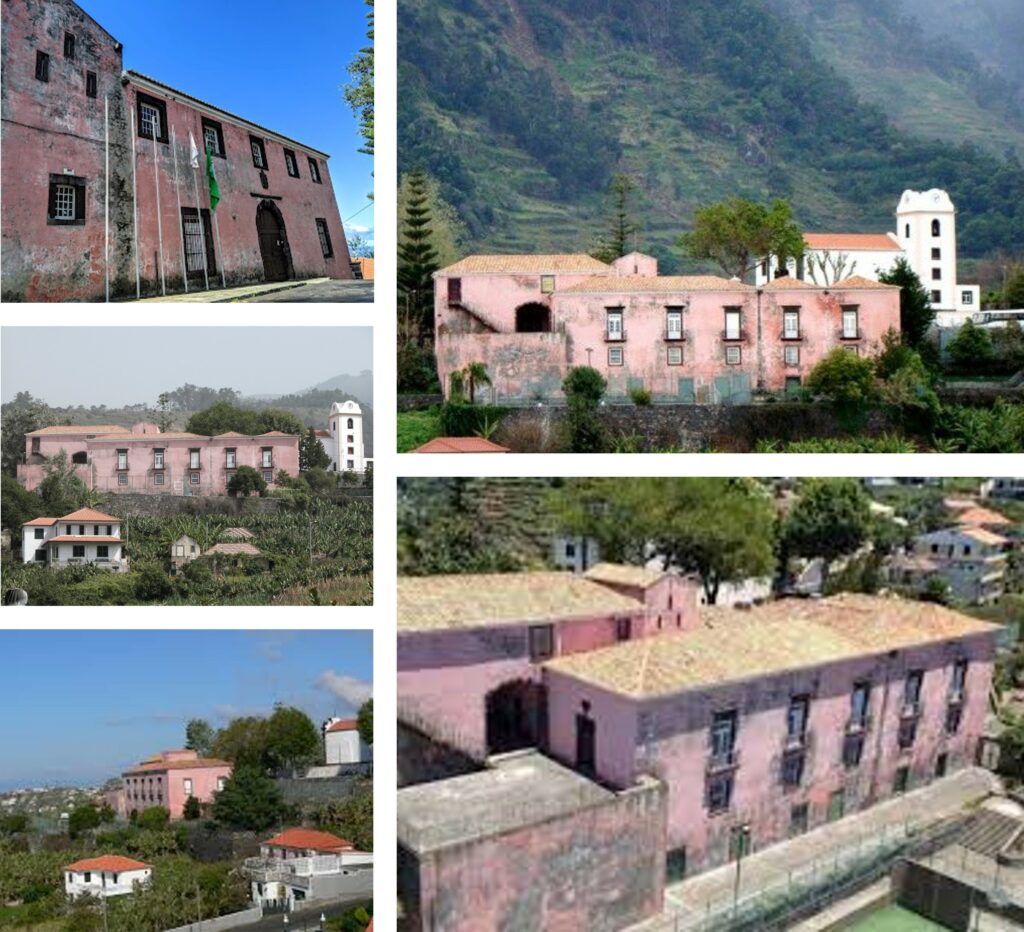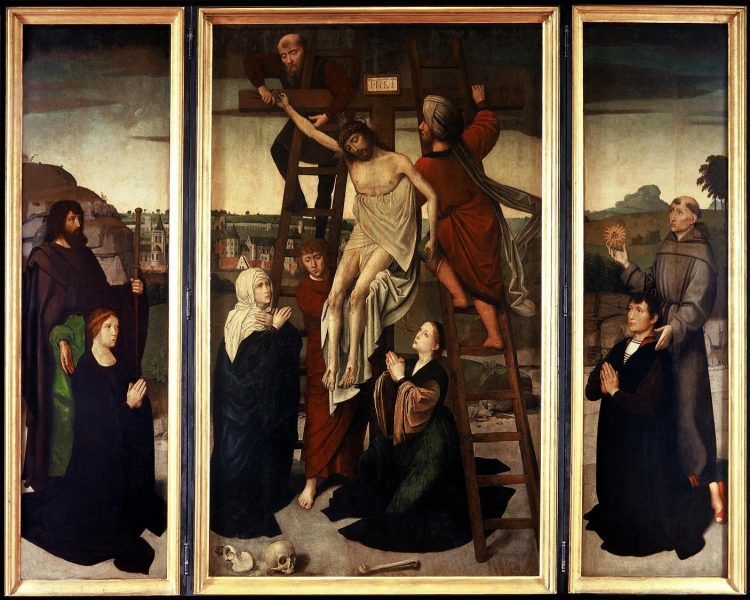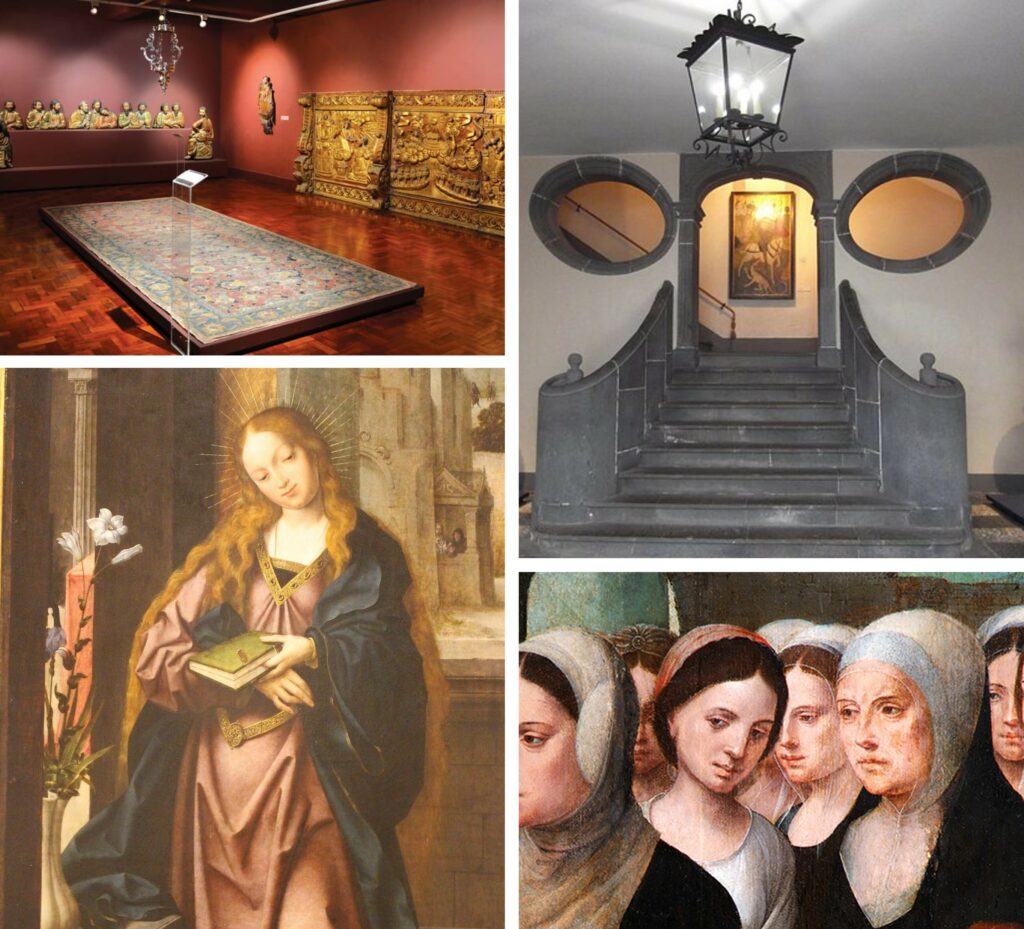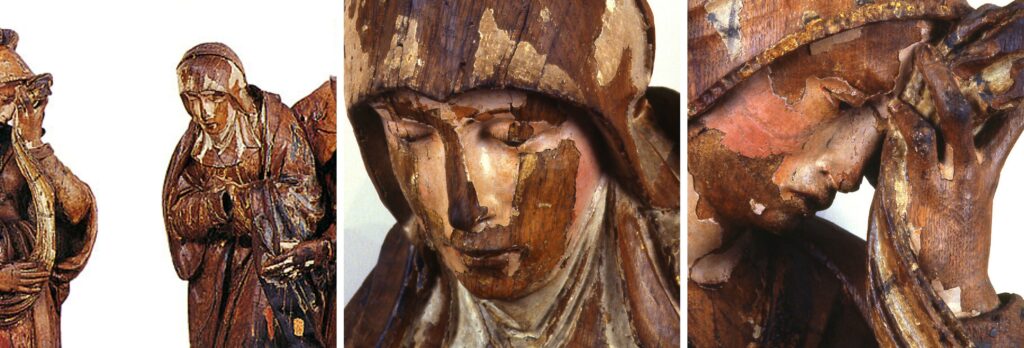Madeira’s Flemish Connection
Madeira’s Flemish Connection and Sugar Cane
Where does the Flemish connection come from? In the 15th century Madeira was a sugar cane paradise supplying sugar to Europe.
This Ouro Branco or white gold attracted many merchants from across Europe. In 1472, Madeira began trading directly with Flanders. Hence Flanders became a very important redistribution post in Europe. Flemish merchants (mainly from Antwerp and Bruges) were thus among the best customers.
The production of sugar cane exploded with the building of the first mills. Furthermore in 1500 Madeira was the biggest exporter of sugar in the world, sending it all the way to mainland Portugal, England and Flanders. The commercialization of sugar reached its peak in the 1520’s. This period coincides with the dating of the Flemish art found on the island. This explains why Funchal became a treasure chest for Flemish art.
Sugar cane plantations and Lombada dos Esmeraldos
Most cane fields lay along the south coast of Madeira Island, Funchal, Ribeira Brava, Ponta do Sol and Calheta. One of the biggest cane fields was Lombada dos Esmeraldos in Ponta do Sol. It belonged to João Esmeraldo, a nobleman of Flemish origin. To read more about two Flemish merchants Maerten Lem and Jean Esmenault (later Joao Esmeraldo), please follow this interesting link. The Solar de Esmeraldo built in 1494 still exists today albeit in a poor state. It belongs to the state and is now a primary school.

Art for Sugar
Works of gigantic proportions were imported, mainly paintings, triptychs or sculptures, as well as pictures of Bruges, Antwerp and Malines. Objects of silver and copper and metal-encrusted tombstones from Flanders and Hainaut were also imported, such as can be seen today in the Cathedral of Funchal and in museums, such as the Museum of Sacred Art. You can discover art from various painters such as Dieric Bouts, Gerard David and many other Flemish artists.
Check them out in Funchal’s museu de Arte Sacra.
Decline
Until the first half of the 16th century, Madeira was one of the main markets for Atlantic sugar. However, this changed drastically with the discovery of the South American continent and the many sugar cane plantations there.
Museu de Arte Sacra, Funchal
The former residence of the Bischops of Funchal, a 16th century palace, hosts the museum of sacral art, This special residence is one of the oldest and best maintained museums in Funchal.

Funchal’s Religious Art Museum houses two distinct collections following each other chronologically. Firstly, Flemish art dating from between the end of the fifteenth century and the early sixteenth century. Secondly, a collection which encompasses Portuguese Art dating between the fifteenth century and the eighteenth century.

Flemish art in the fifteenth and sixteenth centuries is distinguished not only for the high quality of its paintings but also for its large dimensions, unusual in museums in Europe. The collection of Flemish sculpture, especially from Malines and Antwerp, is also of note. The art you will discover comes from these distinguised artists: Joos Van Cleve, Jan Provoost, Gerard David, Dieric Bouts, Pieter Coecke Van Aelst, Marinus Van Reymerswaele, Michiel Coxcie and others.
